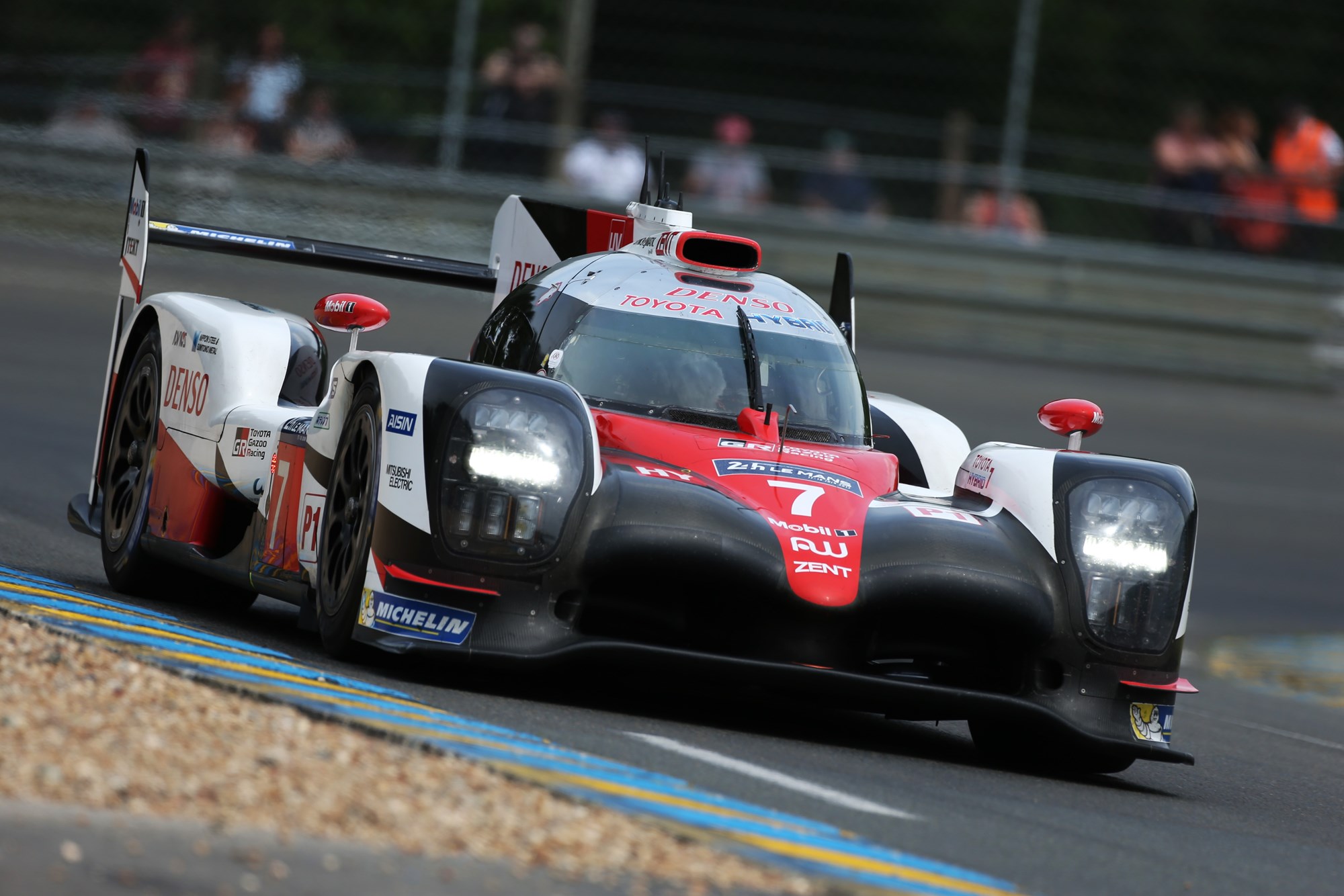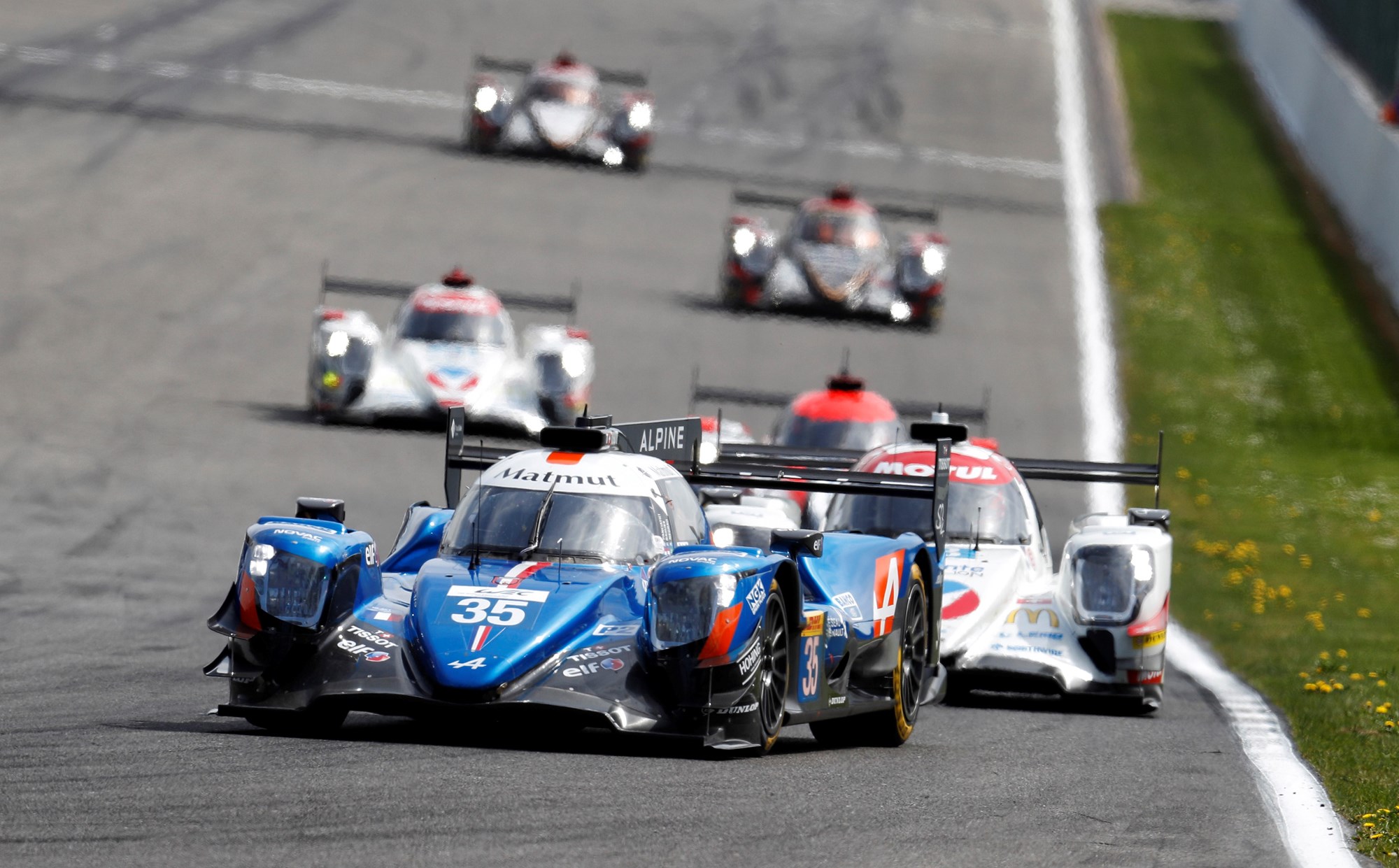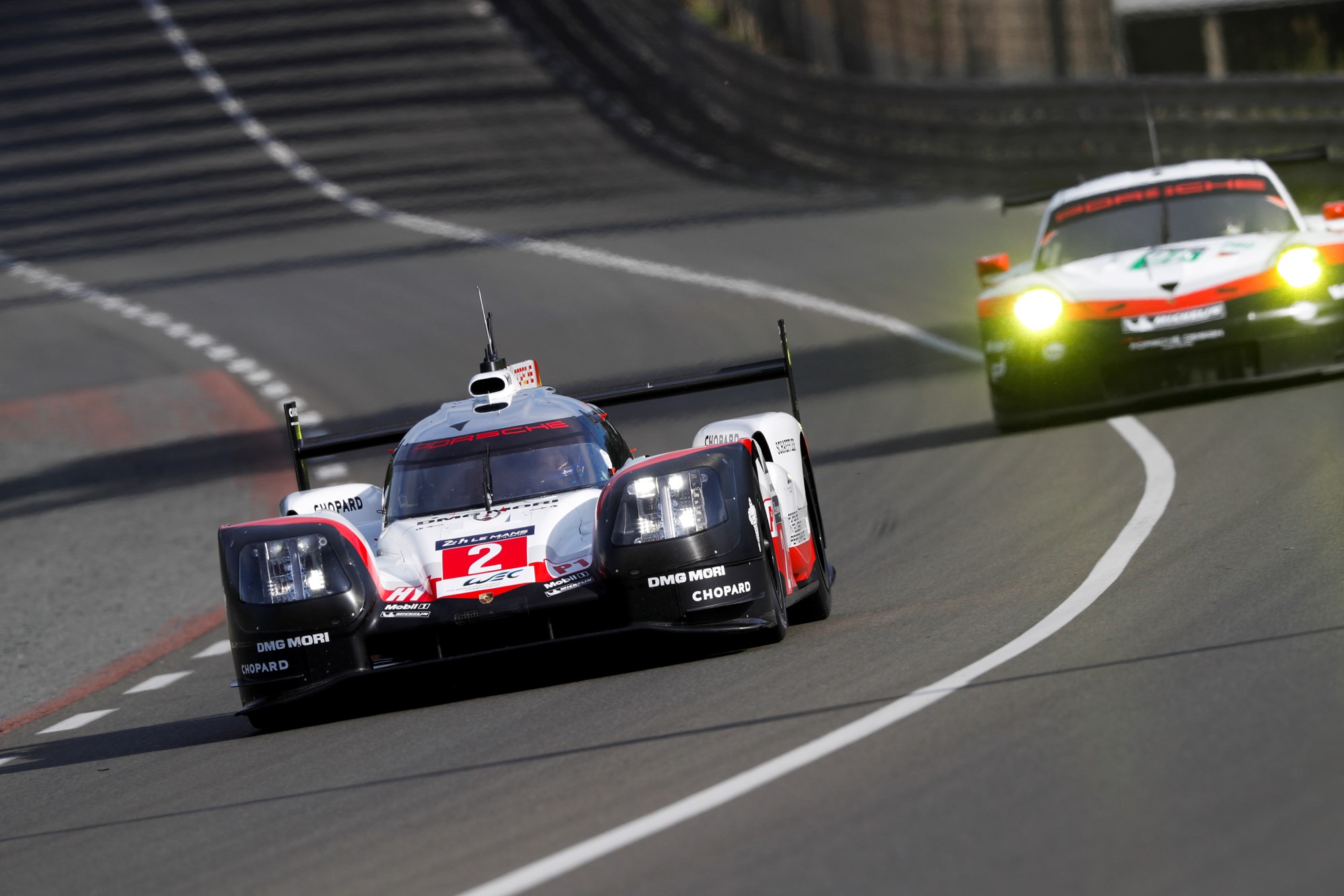Toyota enjoys pre-race favourite status for the 24 Hours of Le Mans this weekend
Early season World Endurance Championship success, impressive test-day pace and strength in numbers with a three-car campaign has positioned the Japanese marque to avenge the last-gasp failure that handed victory to Porsche 12 months ago.
The 2017 FIA World Endurance Championship had seen the early season six-hour races at Silverstone and Spa-Francorchamps both won by the Toyota TS050 Hybrid crew of Anthony Davidson (GB), Sebastien Buemi (Switzerland) and Kazuki Nakajima (Japan).
Toyota's strong position ahead of this year's Le Mans is further reinforced by the team deciding to field a third car against a two-car entry from Porsche.
And at the June 5 official Le Mans test day, where teams had two four-hour sessions to make final preparations, the Toyota hybrids set the pace by lapping under the 2016 pole position time in spite of revised aerodynamic regulations aimed at slowing the LMP1 cars.
 Kamui Kobayashi (Japan) set the pace in the number 8 Toyota with a 3m 18.132s lap while Buemi also dipped under the 3m 20s benchmark in the number 7 car to clock 3m 19.290s. The same car with Nakajima at the wheel recorded 3m 20.019s. The number 9 car was next fastest with Jose-Maria Lopez (Argentina) clocking 3m 21.455s.
Kamui Kobayashi (Japan) set the pace in the number 8 Toyota with a 3m 18.132s lap while Buemi also dipped under the 3m 20s benchmark in the number 7 car to clock 3m 19.290s. The same car with Nakajima at the wheel recorded 3m 20.019s. The number 9 car was next fastest with Jose-Maria Lopez (Argentina) clocking 3m 21.455s.
The best lap time by a Porsche 919 Hybrid was by New Zealand's Earl Bamber at 3m 21.512s for the fifth-best time of the test.
Another signal of Toyota's strength is the number of laps completed during the eight hours of test day running. The three Toyotas made 304 laps in total while the Porsche duo completed 156 laps. It's a significant difference in the amount of test-day data that will have been harvested.
The other talking point was the pace of the new-generation LMP2 cars, all powered by a 4.2-litre Gibson Technology V8 engine.
A substantial lift in performance for the second-tier prototype category saw the Signatech Alpine A470 driven by Nelson Panciatici (France, bellow) set the fastest test day lap at 3m 28.146s.
 With fewer LMP1-Hybrid cars in 2017, a performance hike for LMP2 cars and the depth of a 25-car entry in the category could bring a significant change to the traffic patterns of the race and raises the potential for an LMP2 car to finish on the outright podium.
With fewer LMP1-Hybrid cars in 2017, a performance hike for LMP2 cars and the depth of a 25-car entry in the category could bring a significant change to the traffic patterns of the race and raises the potential for an LMP2 car to finish on the outright podium.
In 2016 the Le Mans performance delta between LMP1-Hybrid and LMP2 cars had been about 15secs per lap; this has been trimmed to 8-9secs. And the new LMP2 cars are actually faster than the hybrids through the speed trap.
The Dallara P217-Gibson of Roberto Lacorte (Italy) was clocked at 341.4km/h in Sunday's test session while the fastest of the LMP1-Hybrid cars was Nakajima's Toyota at 330.8km/h. The lift in speed trap performance for the LMP2 cars is about 30km/h.
Le Mans test day pace in the GTE category can often paint a confusing picture. The fastest lap came from the Corvette Racing entry driven by Oliver Gavin (GB) with 3m 54.701s, just ahead of the new Porsche 911 RSRs French duo Frederic Makowiecki and Kevin Estre.
 The Chip Ganassi Racing Ford squad is the defending GTE-PRO champ at Le Mans but the fastest lap set by one of the Ford GTs on Sunday saw Richard Westbrook (GB) clocked at 3m 57.536secs. Dirk Mueller's 2016 GTE-PRO pole position time in the Ford GT was 3m 51.185secs.
The Chip Ganassi Racing Ford squad is the defending GTE-PRO champ at Le Mans but the fastest lap set by one of the Ford GTs on Sunday saw Richard Westbrook (GB) clocked at 3m 57.536secs. Dirk Mueller's 2016 GTE-PRO pole position time in the Ford GT was 3m 51.185secs.
The opening four-hour Wednesday practice session for Le Mans starts at 2am Thursday (NZ time).
There are three two-hour qualifying sessions -- 8am Thursday, 5am Friday and 8am Friday. The race starts at 1am Sunday.








